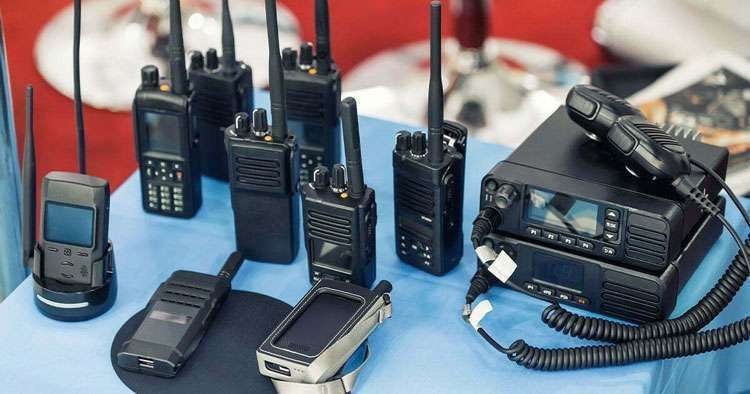As the popularity of private cars grows, there is an increasing trend among car enthusiasts to form groups and embark on self-driving adventures. To ensure effective communication during travel, the demand for handheld and vehicle-mounted radios has become prominent. However, newcomers to HAM radio often face the dilemma of choosing between a mobile radio (car radio) and a handheld radio. Below, we will explore the differences between mobile radios and handheld radios.

I. Differences Between Mobile Radios and Handheld Radios
1. Power and Communication Range
– Handheld Radios: Lower power, generally within 10W, resulting in a shorter communication range of approximately 1 to 6 kilometers in open plains.
– Mobile Radios: Higher power, ranging between 25W and 100W, providing a longer communication range of 10 kilometers or more under normal, unobstructed conditions.
2. Installation
– Handheld Radios: Portable and can be placed anywhere without the need for installation.
– Mobile Radios: Require fixed installation inside the vehicle, with considerations for mounting methods, positioning, and power wiring. Preferably, choose a detachable control head for ease of installation and positioning.
3. External Antenna Connection
– Mobile Radios: Allow for external antenna connection.
– Handheld Radios: Also allow for external antenna connection.
4. Home Use
– Mobile Radios: Require removal from the vehicle and the purchase of a dedicated external power supply for home use.
– Handheld Radios: Can be carried home directly and operated using a suitable DC power source.
5. Office Use
– Mobile Radios: Require carrying the radio and battery (or power supply) into the office, or setting up a power supply in the office, along with an antenna.
– Handheld Radios: Portable and can be used with an external power supply in the office.
6. Outdoor Activities
– Mobile Radios: Require carrying a backpack with the battery connected to the radio for outdoor use, with the antenna placed in the pocket.
– Handheld Radios: Portable and can be carried on the person during outdoor activities.
7. Group Travel
– Handheld Radios: Suitable for short or mid-sized group travels, facilitating easy communication and information sharing. When used as a repeater, requires additional power sources and suitable mounting options.
– Mobile Radios: Suitable for leading and trailing vehicles in a convoy, and can also function as a repeater for seamless communication.
8. Solo Travel
– Handheld Radios: Limited range for distress calls, but can be carried for personal safety and rescue.
– Mobile Radios: Larger communication range for distress calls but may not be easily portable when seeking rescue assistance.
9. Price
– Handheld Radios: Generally more affordable, with prices ranging from tens to hundreds of dollars depending on model, design, performance, stability, power, and communication range.
– Mobile Radios: Generally more expensive, ranging from a few hundred to over a thousand dollars.
II. Signal Reception Comparison between Mobile Radios and Handheld Radios
In general, mobile radios exhibit superior communication performance, while handheld radios offer the advantage of portability. However, it is essential to recognize that the effectiveness of a mobile radio does not always surpass that of a handheld radio. For instance, in terrains with significant elevation changes, such as deserts, where obstacles abound, a mobile radio may struggle to achieve the desired communication range, leading to a failure to reach team members. In such scenarios, a practical solution is to use a handheld radio and ascend to a higher vantage point to communicate with teammates.
In conclusion, it is crucial to emphasize that whether using a mobile radio or a handheld radio, proper licensing procedures must be adhered to. This includes obtaining an operating certificate, a radio license, and a call sign. Standardized communication practices and maintaining a friendly demeanor are equally important.
Additionally, regarding the issue of using a handheld radio with an external power source as a mobile radio, it is imperative to note that a handheld radio is designed for handheld use and should not be employed as a substitute for a mobile radio. Handheld radios feature small heat dissipation components and simplistic circuit designs, making them ill-suited for the high-load demands of external power sources. While occasional emergency use with a cigarette lighter power source may be acceptable, prolonged usage in this manner can quickly lead to the degradation or damage of the handheld radio.
